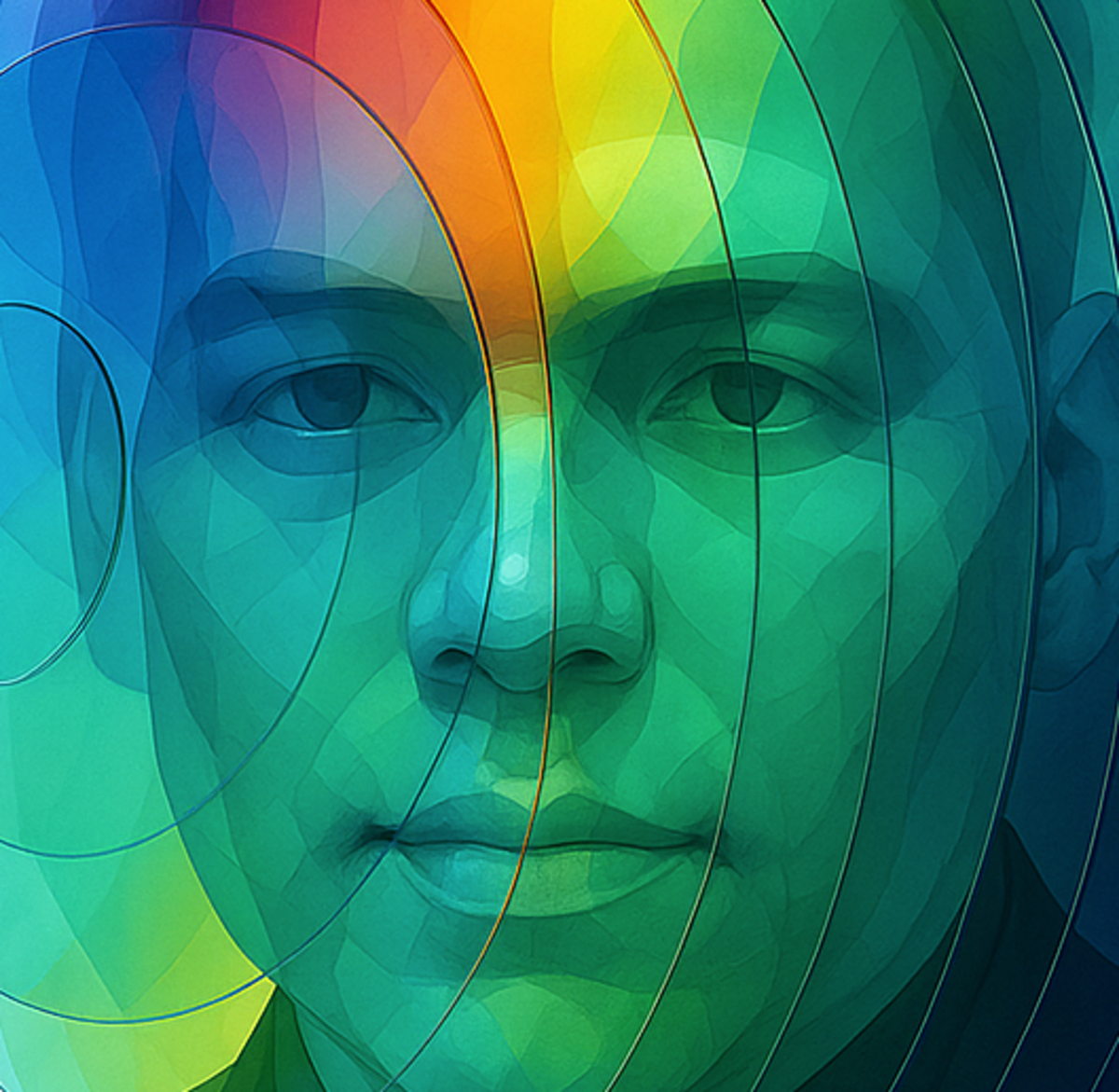- Pascal's Chatbot Q&As
- Archive
- Page 16
Archive
LLMs generalize based on token similarity, not semantic meaning. They’re trained to predict the next word—not to understand concepts like intention, empathy, or moral ambiguity.
GPT-4 could not distinguish between someone shaving an elder and shaming an elder by cutting off his beard. AI ratings were near-identical even when scenario meanings flipped 180°.

What was said—and how it was said—offers profound insights into the evolving dynamics of conservative thought...
...the strategic deployment of religious language, and the consequences of collapsing the wall between church and state. This framing risks turning political opponents into theological adversaries...

Ubiquity without depth. People embrace AI devices, yet use them for trivialities. The barriers—trust, perception, privacy, and reliability—are the same ones confronting AI innovation across sectors.
Adoption will not be driven by raw capability alone. It requires trustworthy, seamless, indispensable, and contextually intelligent AI that goes beyond novelty.

The LunaLock case illustrates just how easily AI can become a force multiplier for cybercrime. As AI continues to scale, the stakes grow higher.
The consequences of a data breach now also include the irreversible contamination of the intellectual commons and the potential weaponization of sensitive or proprietary content in future AI systems.

The Online Brand Protection Evaluation – Vendor Instructions guide is a pioneering open-source effort that introduces much-needed clarity, professionalism, and community collaboration...
...into the murky world of brand protection vendor sourcing. How organizations procure OBP services is critical to their online safety, IP integrity, and legal defensibility.

The vast majority of the German population during the Third Reich were neither fanatical Nazi perpetrators nor courageous members of the resistance. They were the Mitläufer...
...those who "followed the current". Understanding this group is critical to understanding how a modern, educated society can descend into barbarism. Their behavior was not born of a single motive...

Token unit costs are down, but total compute bills are up, because users demand newer, more powerful models, and these consume far more tokens to complete increasingly complex tasks.
Moreover, flat-rate pricing strategies, designed to fuel growth (e.g., $20/month subscriptions), are now economically suicidal for AI startups as power users orchestrate compute-heavy operations.

The paper makes a compelling case for proactive, systemic intervention before AGI development becomes unmanageable. Some issues—like IP reform or temporal adaptability—are tractable.
Others—like recursive self-improvement or autonomous optimization—strike at the very heart of human control over technology. Future-proof governance will require bold shifts in regulatory design.

Models developed by tech titans will coexist with a vibrant, competitive, and increasingly powerful landscape of specialized, open-source, and fine-tuned models.
This dynamic is shifting the primary competitive battleground away from a contest of raw scale towards a nuanced competition based on efficient, domain-specific application & deep workflow integration

AI browsers have the potential to reshape how we interact with the web — making browsing more efficient, interactive, and useful. But with that comes power: the ability to control what users see...
...how content is summarized, what is suppressed, how data is collected, and how models are trained. These tools could enable censorship, propaganda, targeted surveillance, and manipulation.

The case is not just about Amazon’s market power—it is a warning signal about the role of AI-driven pricing systems and algorithmic enforcement mechanisms in perpetuating anti-competitive practices.
Amazon’s use of automated systems like SC-FOD to monitor competitors’ prices and suppress Buy Box access is a form of AI-enforced market discipline.

The UK library sector is cautiously optimistic—keen to harness AI’s efficiency and insights while fiercely guarding against its biases, ethical pitfalls, and ecological harms.
Their thoughtful engagement with AI—if well-supported—can help ensure that this disruptive technology ultimately serves the public good.












